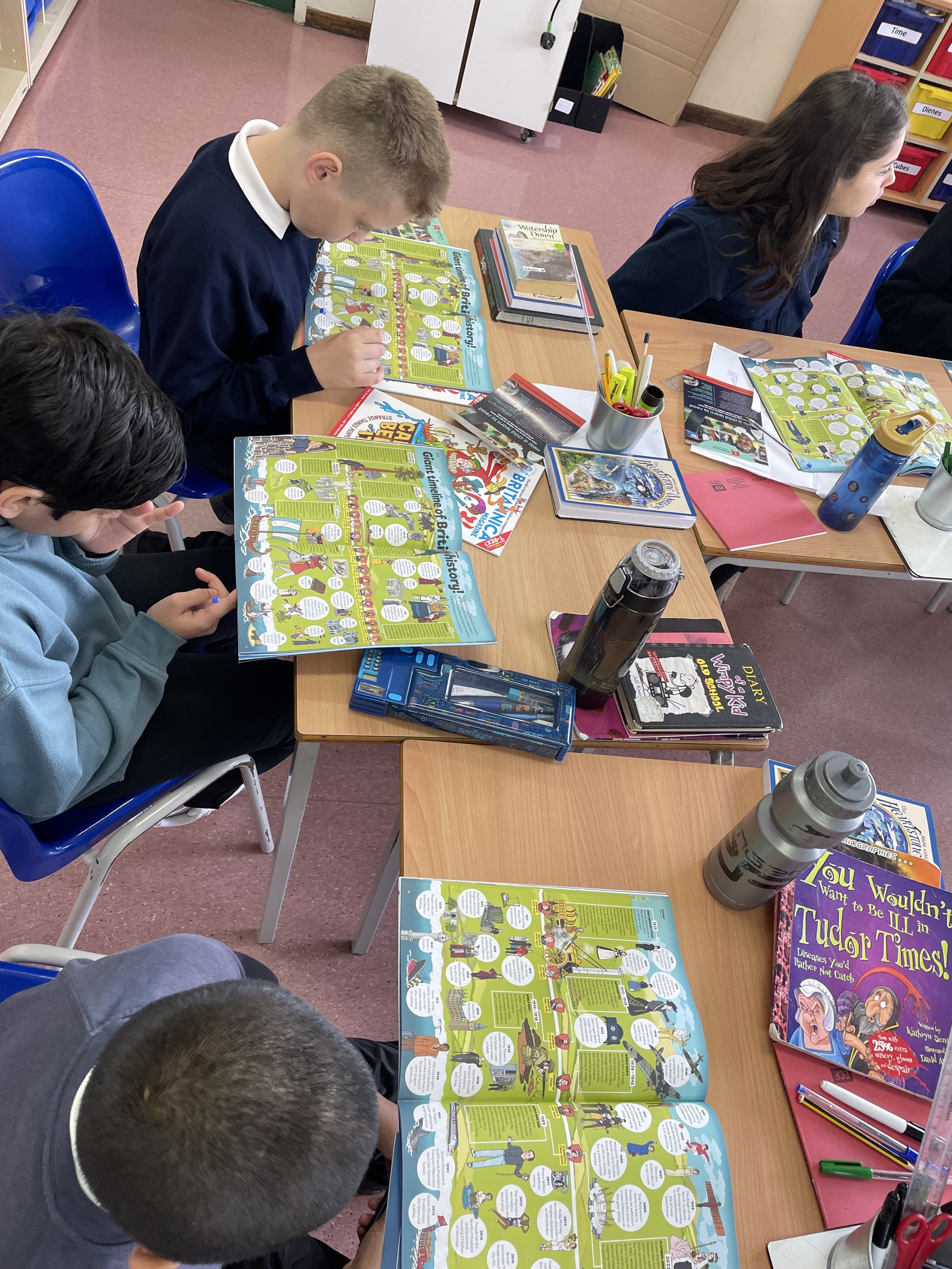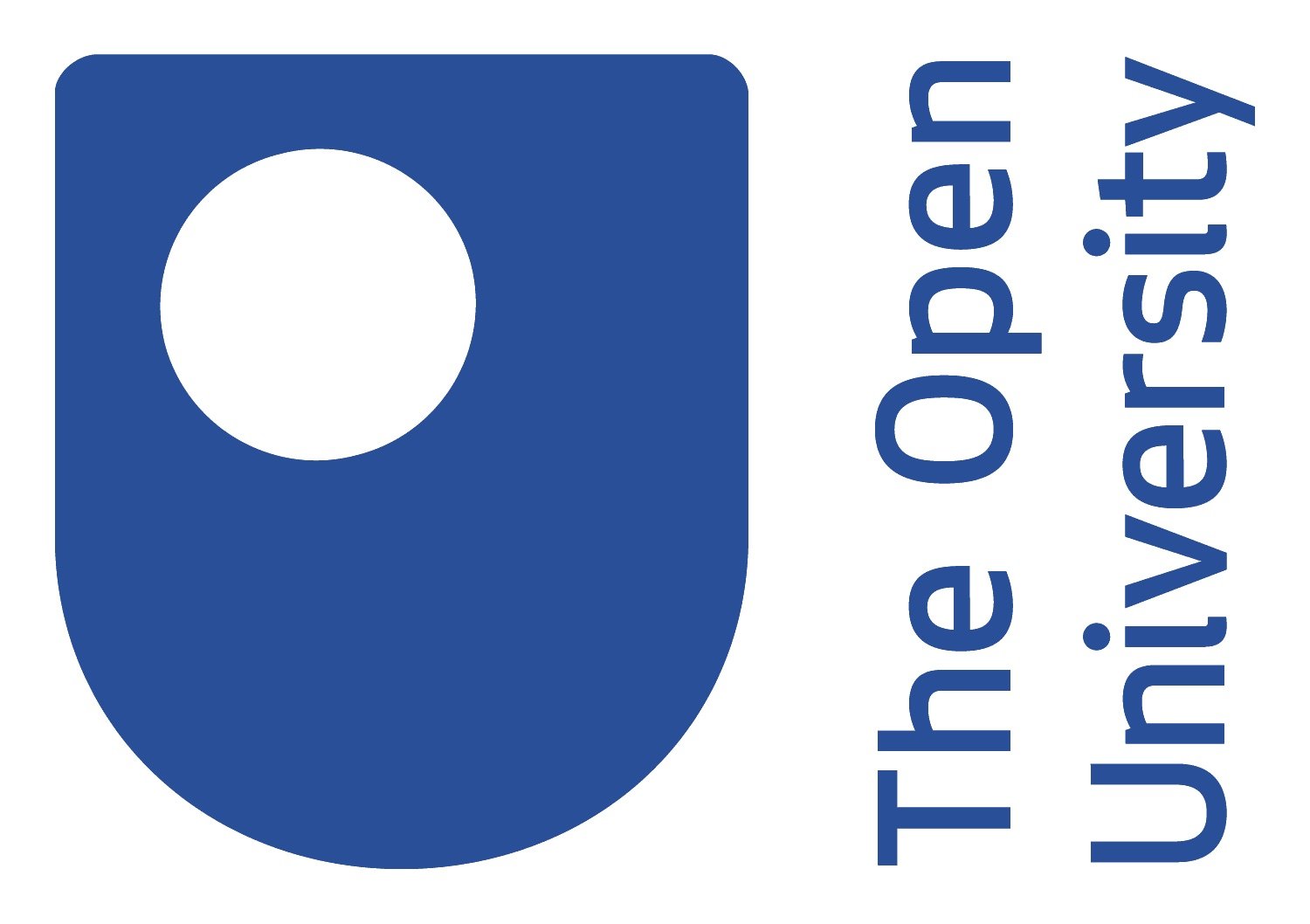WE are delighted to announce the launch of a Phase 2 Reading For Pleasure Research Study in collaboration with the Open University
Commencing in June, 2024 What On Earth! will be working with over 5OO children under the supervision of Professor Teresa Cremin and the Open University Reading For Pleasure team on a project to further investigate how What On Earth! Magazine is able - with little or no assistance - to engage children in reading.
This work will have a particular focus on reluctant readers, and will explore if, how and in what ways the magazine inspires and guides them towards becoming children that read for pleasure, thereby helping to build a life-long love of learning.
The study will conclude in December 2O24 and the results are expected to be published in February 2O25.
This exciting project, working with Year 5 students, has been designed to minimise the input required by teachers whilst maximising the benefit that can be gained by the pupils.
If you want further details READ THE DETAILED INFORMATION HERE
If you woud like to sign up now - please click the button below.
A study to determine the possibility for a children’s monthly non-fiction magazine to increase reading engagement in children in school, Year 5
Britannica’s What on Earth! Magazine are proud to be working closely with The Open University and The Sir Thomas Abney Primary School in Hackney, London, to assess the impact that this innovative and exciting magazine can have on children in Year 5.
The magazine was launched just over a year ago by an extremely experienced team of educators and journalists. Circulation has since grown rapidly, and it has received awards for the artwork and the content. Britannica’s What on Earth! Magazine (WoEmag) only carries non-fiction and that is set in highly visual page designs. Every child has different interests, likes and dislikes and the magazine aims to engage the widest possible audience by stimulating their natural curiosity. The reaction to the magazine is incredibly positive.
In order to accurately gauge the effectiveness of the magazine in a school environment, WoEmag requested the Open University to help design and evaluate the results of a 12 week study. Aims & Objectives:
· To investigate how the magazine is able, with little or no assistance, to engage children and steer them towards becoming regular readers or children that are reading for pleasure. In particular, change with so called reluctant-readers is of interest.
· To ascertain if WoEmag is developing and growing informal discussion with families, teachers and school friends.
· To observe any difference between genders and how they engage with WoEmag.
CARRY ON READING FOR INFORMATION ABOUT THE PHASE 1 STUDY, AND TO READ THE STUDY REPORT
THE WHAT ON EARTH! STUDY in association with The Open University and the Sir Thomas Abney School, Hackney
Professor Teresa Cremin is a Professor of Education (Literacy) and Co-Director of the Literacy and Social Justice Centre at The Open University in the Faculty of Wellbeing, Education and Language Studies. https://wels.open.ac.uk/research/lsj. Professor Cremin has kindly agreed to oversee the study and her colleague, Kelly Ashley, a lecturer in the faculty, has been preparing the documentation and delivering the study programme.
37 year 5 children have been divided into two groups. Group A receives ‘light touch’ guidance over a 45-minute period each week as they enjoy the mag and Group B is left to free read. The children each receive their own copy of the magazine each month, and they can take it home and keep it. Entry and exit surveys, focus groups, parent interviews and teacher interviews, as well as weekly tracking are all contributing to a data set that will be fully analysed at the end of the summer term.
Sir Thomas Abney Primary school are fully engaged and committed to the study and have been of huge assistance. Their teachers and the senior staff have embraced the magazine and feel that, even though it is just half way through the study, the children are really benefitting.
Of particular interest is the level of engagement that the boys have shown along with their willingness to share thoughts and ideas about the content. The early results and the data that is slowly emerging shows that it is having a very positive effect, and that it much appreciated by the teachers whose skill and knowledge of the children has provided great insight.
CLICK HERE TO READ THE FULL REPORT
The following questions are some that have been used to support evidence gathering.
· Are there any particular changes in pupils’ reading behaviours to note (e.g. text choice, frequency in which the child chooses to read, who they read to/ with, how they discuss their reading)?
· Are there any particular changes in pupils’ attitudes or dispositions (e.g. enjoyment and engagement, changes in motivation, willingness to read)?
· Are there any noticeable changes in children’s curiosity since interacting with magazine content (e.g. further reading on topics, curriculum explorations)?
· Are there any noticeable changes in communication with families about reading since the magazine has been introduced?
We would like to record our sincere thanks to Geraldine Fitzmaurice, executive headteacher, Lyn Willis headteacher, Kathryn Edwards, deputy head teacher, Sam and David, incredible class teachers and to all the staff at the school who have been wonderfully welcoming.
Also, Professor Cremin and to Kelly Ashley for all the assistance and guidance.
If you would like further detail about Britannica’s What on Earth! Magazine, or would like to be kept informed as the study progresses, or if you have any thoughts or questions, please contact John Gordon-Reid. E: john@whatonearth.co.uk M: 07881 922154 or visit: www.whatonearth.co.uk






